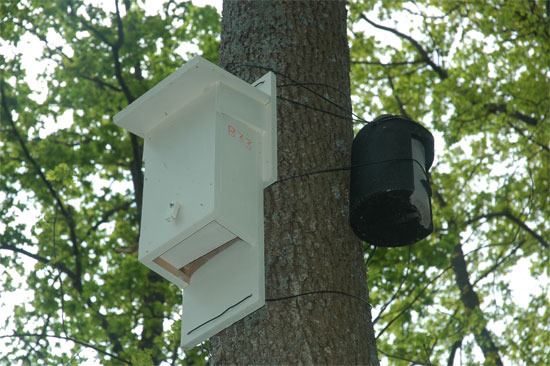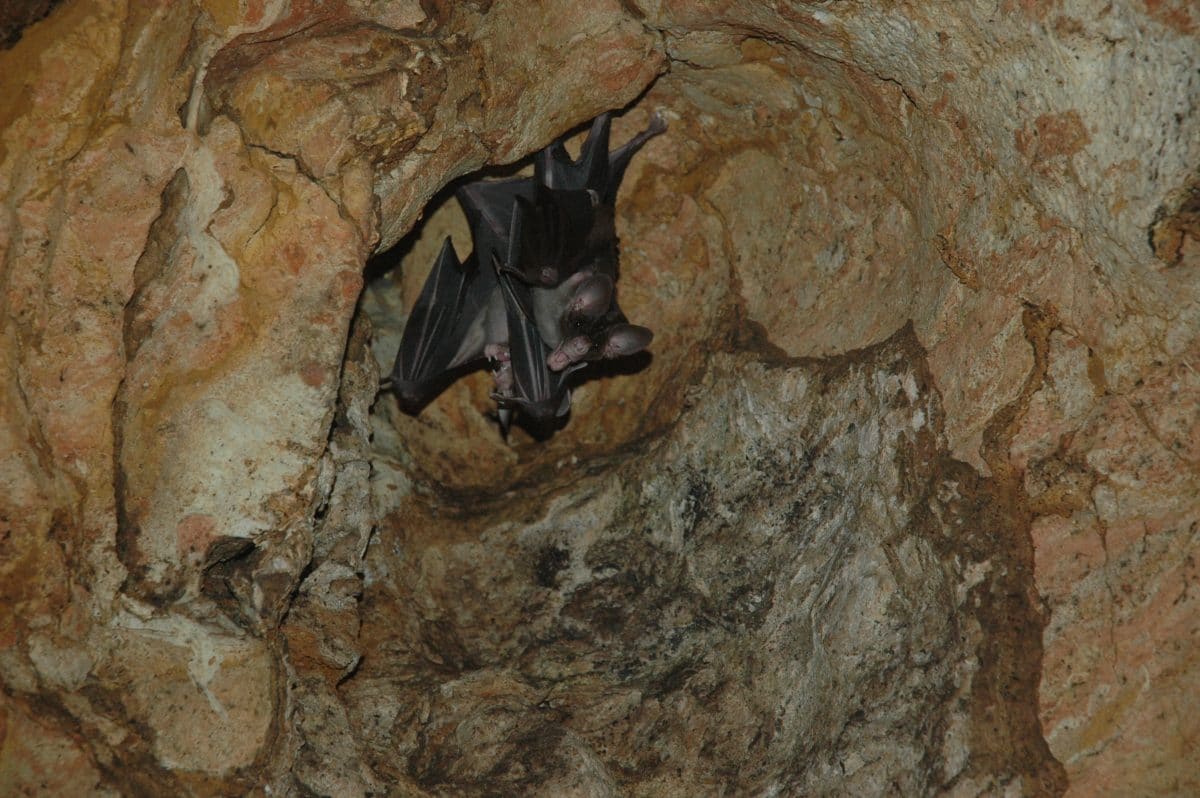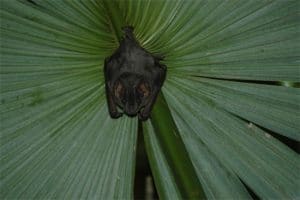The only flapping-flight mammal, bat populations are endangered. Victims of a poor image, their cause rarely unites the population. Yet bats have cohabited with man for centuries. Find out from the Midi-Pyrénées chiroptera group how to make room for them in your home.
No, bats don't cling to hair, and they don't suck human blood. " The first thing to do is to dust off preconceived ideas," explains Sophie Bareille, coordinator of the Midi-Pyrénées chiroptera group (to contact them: groupechiro@free.fr), and to change the image of this mammal, which is now endangered. There are currently 170 different species of bat in the world, including 33 in France.
Protected since 1976, its population is regularly threatened, starting with activities linked to the underground world: caving, cave visits...
The species most affected by these activities are the rhinolophe euryale, the capaccini's murine and the schreibers' minioptera. They live almost exclusively underground, and are threatened during hibernation. "When we disturb hibernating bats in caves with flashes, smoke or by heating the atmosphere, we cause them to wake up abruptly," stresses Sophie Bareille. The result is a considerable loss of energy, with the risk that, in spring, the bats won't wake up at all.
The main threat to bats, however, is the destruction of roosting sites as a result of inappropriate development work.
Ever since man first built buildings, these queens of the night have made their homes behind shutters, in attics and churches. "The vast majority of bats are found in buildings in summer to give birth and raise their young (one a year). They hide in attics, under slates or tiles, in cellars, but also in wall cracks and behind roughcast," explains Sophie Bareille. Today, however, we have a tendency, particularly in older houses, to fill in all the cracks. Entire colonies are thus destroyed through ignorance.
Carrying out work while protecting bats
Yet there are simple solutions for transforming buildings while preserving a place for bats.
- Isolate bat areas from the rest of the roof;
- Leave a gap of 8 mm to allow a pipistrelle to pass through;
- Avoid glass or rock wool and polystyrene;
- Carry out the work in autumn;
- Check any cracks in the façade and fill them in the evening, after the bats have fledged;
- Use appropriate techniques to avoid poisoning bats. Avoid using multi-purpose products (both insecticides and fungicides), as they often contain highly toxic products;
- Maintain attic space for bats;
If you're not sure whether your house is inhabited by bats, a diagnosis is in order. These small mammals are very discreet. "At the slightest noise, they hide, and we often need to call in the services of a chiropterologist to ascertain their presence and avoid, if need be, the death of individuals walled up alive. Instead of flying away," continues Sophie Bareille, "bats retreat back into their hiding places when the mason's trowel comes to apply the mortar.

The bats most affected by nest destruction are the rhinolophe and the eared bat. It is possible to provide them with space in the attic, for example, by creating a cavity in the wall (15 cm high by 40 cm wide). Other species are content with a smaller space at the top of the house, in a wooden box or inside a double wall.
Encouraging bats to settle in your home
Finally, if you really want to encourage bats to settle in, you can build artificial cottages on the facade of your house. In Ariège, the Rénova federation, which works to rehabilitate the fruit-growing heritage, has committed itself to this protection approach. " Our aim is to safeguard the local fruit varieties that make up the richness of a terroir, but also to preserve and cultivate biodiversity", stresses Françis Michaux, president of the federation. Françis Michaux has hung two bat houses from a tree in one of his orchards. The black bat house is designed to shelter cave-dwelling species, while the white one is suitable for semi-forest dwellers. But we'll have to wait, probably more than a year, to see the queens of the night settle in.
The increase in these mammals could be beneficial for the orchard, as they are great consumers of insects. It would be interesting for us," continues the federation president, " if the bats were to eat the codling moth, a nocturnal butterfly that lays its eggs in apples. But you'd need a lot of bats to do that ".
Laurence Dupont
Want to get involved with bats? Read this article.
https://www.eco-volontaire.com/animaux-sauvages-vers-la-sixieme-extinction/
https://www.eco-volontaire.com/environnement/locean-comme-defi-ecologique-de-demain/
https://www.eco-volontaire.com/la-mangrove/
https://www.eco-volontaire.com/cheval-przewalski-mongolie/


